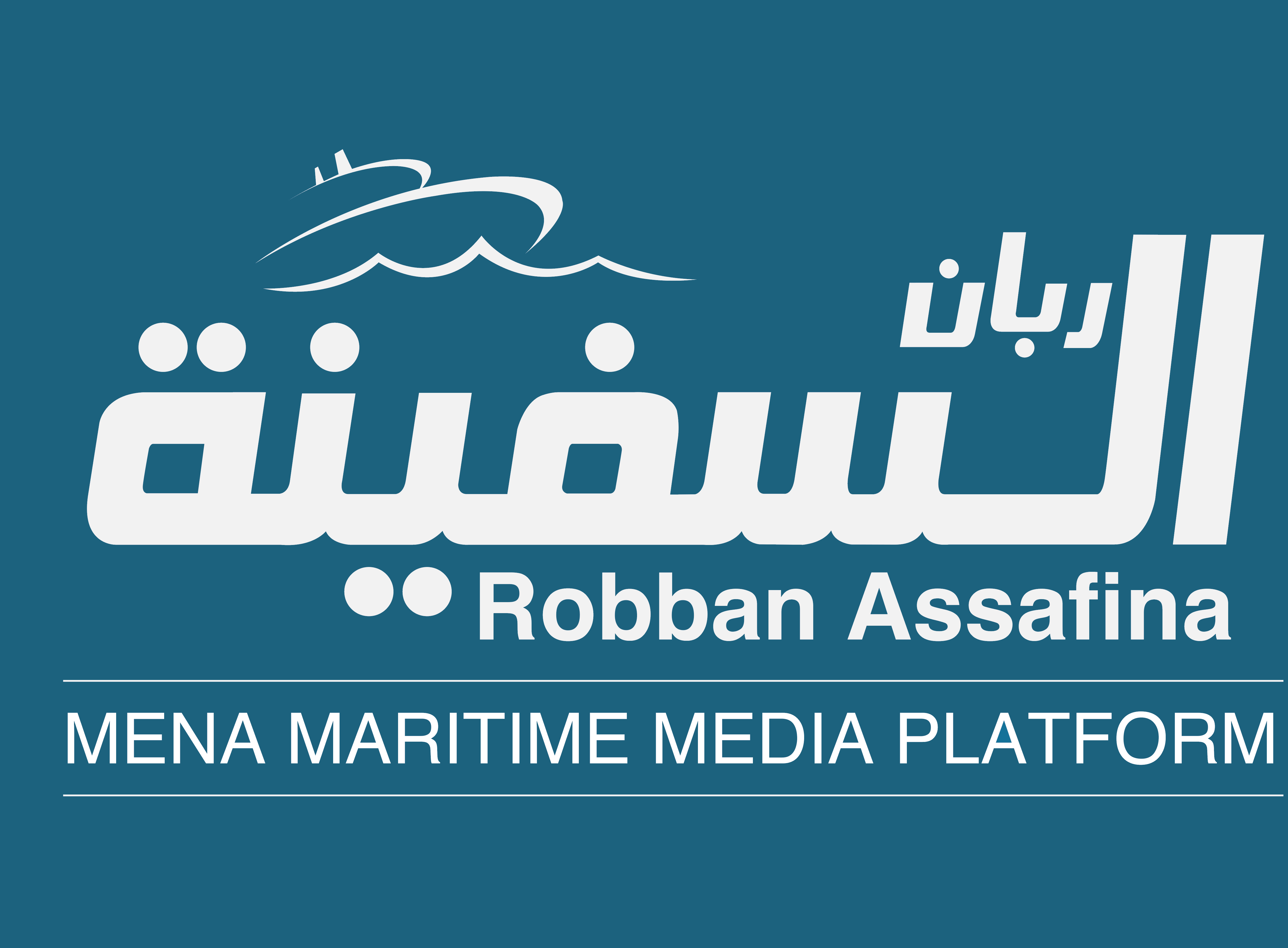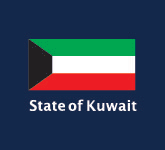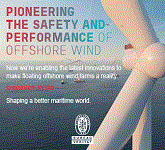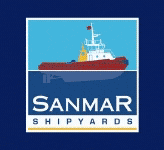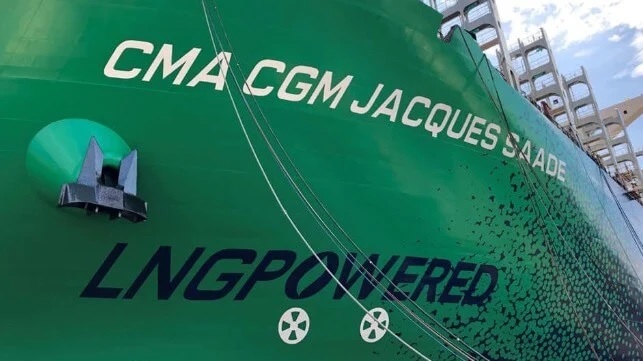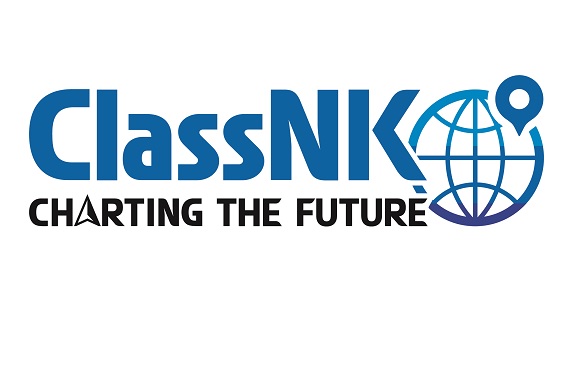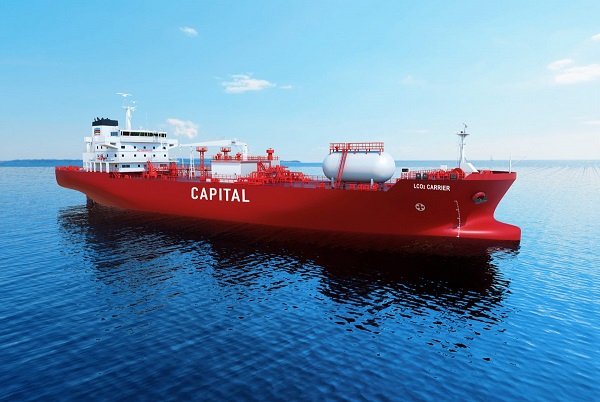QatarEnergy initiates Phase-2 of LNGC procurement with a 17-vessel order
QatarEnergy placed a massive order of 17 LNGCs at South Korea’s Hyundai Heavy Industries (HHI) shipyard, marking the start of the second phase of its fleet procurement plan. However, the company is likely to place more orders because of the enormous expansion in its liquefaction capacity and fleet renewal.
QatarEnergy signed a contract for 17 LNGCs worth $3.9 billion at South Korea’s HHI, kickstarting the second phase of QatarEnergy’s mega-LNGC procurement where 151 slots were booked earlier. These LNGCs will cater to Qatar’s North Field LNG Expansion (NFE) and North Field South (NFS) along with the Golden Pass LNG in the US where QatarEnergy has a 70% stake.
South Korean yards to get most of the phase-2 orders
The expansion of Qatar’s production capacity and fleet renewal plan (replacing steam turbine vessels) will lead to additional vessel demand. For instance, 49 mtpa of new capacity, which is likely to come online during 2027-28, would require about 92 LNGCs with 170 kcbm of carrying capacity on average.
The NFE and NFS development plan involves six trains, increasing Qatar’s liquefaction volume from 77 mtpa to 126 mtpa and boosting its production by 64% by 2027.
| Read More: QatarEnergy and Hyundai Heavy sign deal to build 17 LNG carriers |
The Golden Pass LNG project (18 mtpa) will include three liquefaction trains from which QatarEnergy will offtake 70% of the capacity, with the remaining 30% to be marketed by ExxonMobil. According to the latest construction update, the first train at Golden Pass LNG is expected to start operations in 2H24.
Meanwhile, 15 steam turbine vessels are due to come off their charter in the next three years and will be idle, with a possibility of being put up for conversions or phased out due to their inefficiencies in an increasing emission regulation era.
QatarEnergy ordered around 66 carriers between 2021 and 2022, with an average price of $215 million per carrier. The latest contract cost $230 million for each vessel indicates the price revision for the new orders, while it is much below the current $265 million quoted for a 174 kcbm MEGA newbuild.
We assess Qatar would require more LNGCs to suffice the upcoming vessel demand. These new vessels will cater to the planned North-South Field expansion projects (49 mtpa), Golden Pass LNG (18 mtpa), and replace the steam-powered carriers, comprising about 26% of QatarEnergy’s current fleet.
| Read More: QatarEnergy CEO sees natural gas as ‘indispensable’ not just for energy transition but also after 2050 |
Almost all the vessel orders are expected to go to South Korean shipyards, which possess 64 of the remaining berths (including 17 ordered now) from the 151 Qatari berth reservation, while China’s Hudong Zhonghua holds only four. We expect around 40-45 vessel orders to be firmed under Phase 2. Moreover, QatarEnergy may order replacement vessels for its current Q-Flex and Q-Max fleet as the existing vessels are ageing, unable to use boil-off for propulsion and produce higher carbon emissions, affecting their CII ratings.
We expect 120 LNGCs with modern technology to be operated by QatarEnergy in the long run, dedicated to handling expanded LNG exports via Qatar’s North Field and the US’ Golden Pass LNG (QatarEnergy has 70% stakes in this project, with ExxonMobil having 30%).
Source: Drewry
| Read Here | |
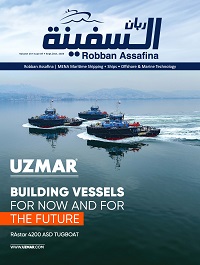 |
|

